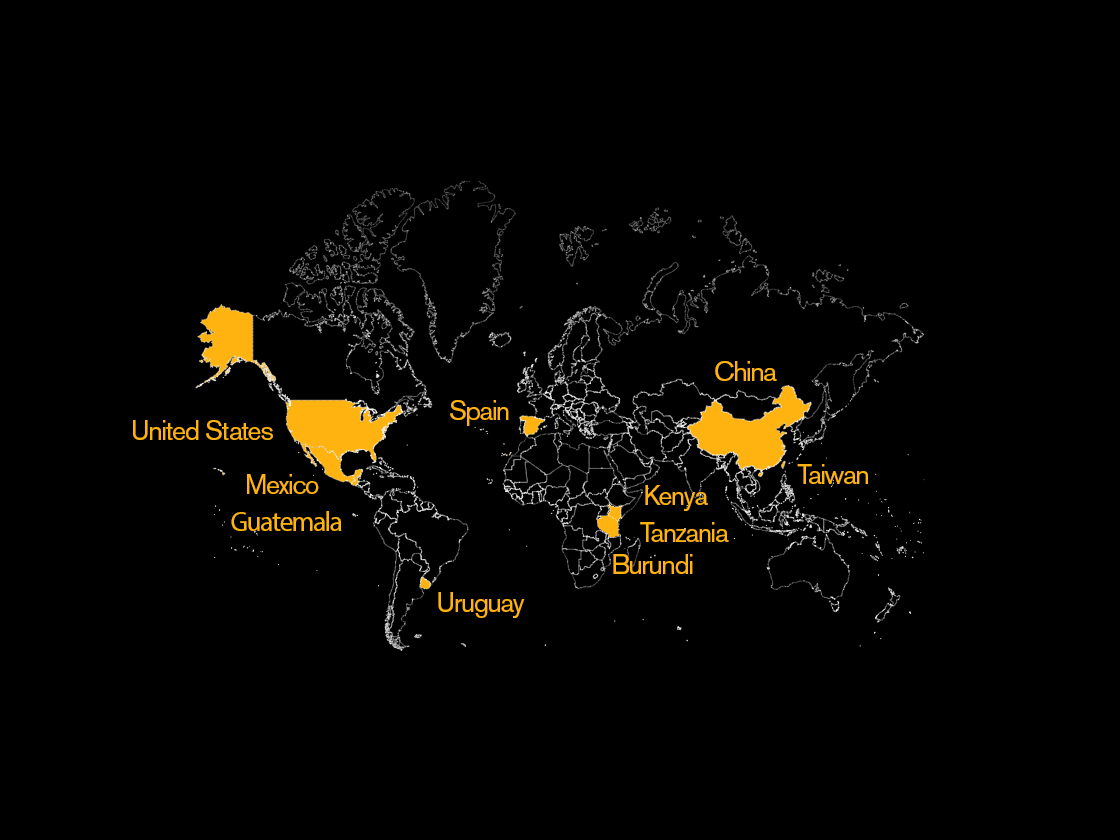Guanajuato youth public health profile

Youth between the ages of 15-24 years old attending video-based high schools in remote or underserved areas of the state of Guanajuato
Flavio F. Marsiglia, PhD
Stephen S. Kulis, PhD
Maria Hilda Garcia-Perez, PhD
Diana Alvarez, MD
GCAHR and the Sistema Avanzado de Bachillerato y Educacion Superior del Gobierno del Estado de Guanajuato developed a collaborative research project to assess the health of youth enrolled in the Videobachillerato program (VIBA) of the Mexican state of Guanajuato. VIBA is an alternative secondary education system that is delivered by distance education to serve the large segment of the Mexican population not reached by traditional public high schools, especially rural and poorer population sectors. The project objectives were: (1) to identify and characterize protective and risk factors associated with the physical and mental health of these students; (2) to evaluate whether these factors affect school retention; (3) to assess whether migration aspirations affect health and academic outcomes; and (4) to profile the perceptions of students and families about health, education, work, migration, and community.
Substance use; HIV, sexual and reproductive health; physical health (BMI) and health habits
The research design was a cross-sectional study, with a sample population of 702 students enrolled in eight of the VIBA Subsystem centers (high schools) during the 2007 school year (January-June). A structured questionnaire was designed to collect data that evaluated a group of sociodemographic indicators of risk behaviors to health, immigration, and other issues. The high schools were randomly selected from a list of 137 eligible VIBA centers located within a radius of 100 km from the City of Leon, the largest city in the Mexican state of Guanajuato.
Youth in the study who had resided in or visited the US, and those with intentions to migrate to the US, were more "at-risk" in terms of access to drugs, drug offers, use of illicit drugs (marijuana, cocaine, inhalants), engaging in interpersonal violence, and post-secondary education plans. Most youths had developed repertoires of multiple REAL drug resistance strategies. Males used these strategies more than females, and those who did use the strategies consumed alcohol and cigarettes less frequently, associations that were stronger for males than females. All of these relationships were either stronger for males than for females or significant for males only. Religiosity had paradoxical relationships to substance use: in general, youth who felt religion was important to them and attended religious services frequently reported less substance use, but those most at risk of using alcohol and cigarettes had high church attendance while reporting that religion was relatively unimportant to them.
Ayers, S., Marsiglia, F., Hoffman, S., & Urbaeva, Z. (2012). Understanding the gendered patterns of substance use initiation among adolescents living in Mexico. International Journal of Drug Policy, 23, 251-254. https://doi.org/10.1016/j.drugpo.2012.01.005.
Ayers, S. L., Marsiglia, F. F., Hoffman, S., Urbaeva, J., & Booth, J. (2012). Mexican adolescents’ risky sexual behavior and migration intentions. International Journal of Migration, Health and Social Care. https://doi.org/10.1108/17479891211249997.
Hoffman, S., & Marsiglia, F. F. (in press). The impact of religiosity on suicidal ideation among youth in central Mexico. Journal of Religion & Health. https://doi.org/10.1007/s10943-012-9654-1.
Kulis, S., Marsiglia, F. F., Ayers, S. L., Booth, J. M., & Nuño-Gutierrez, B. L. (2012). Drug resistance and substance use among male and female adolescents in alternative secondary schools in Guanajuato, Mexico. Journal of Studies on Alcohol and Drugs, 73, 111-119. https://doi.org/10.15288/jsad.2012.73.111.
Kulis, S., Marsiglia, F. F., Ayers, S. L., Calderón-Tena, C. O., & Nuño-Gutierrez, B. L. (2011). Gender differences in drug resistance skills of youth in Guanajuato, Mexico. Journal of Primary Prevention, 32, 113-127. https://doi.org/10.1007/s10935-011-0239-7.
Marsiglia, F. F., Ayers, S. L., & Hoffman, S. (2012). Religiosity and adolescent substance use in central Mexico: Exploring the influence of internal and external religiosity on cigarette and alcohol use. American Journal of Community Psychology, 49, 87-97. https://doi.org/10.1007/s10464-011-9439-9.
Marsiglia, F. F. Kulis, S., Hoffman, S., Calderón-Tena, C. O., Becerra, D., & Alvarez, D. (2011). Migration intentions and illicit substance use among youth in central Mexico. Substance Use and Misuse, 46, 1619-1627. https://doi.org/10.3109/10826084.2011.590957.
Nieri, T. A., Hoffman, S., Marsiglia, F. F., & Kulis, S. (2012). Interpersonal violence and its association with U.S. migration desires and plans among youths in Guanajuato, Mexico. Journal of International Migration and Integration, 13, 365-381. https://doi.org/10.1007/s12134-011-0216-2.
Marsiglia, F. F., Kulis, S. S., García-Pérez, M. H., Nieri, T. A., & Álvarez Fernández, D. A. (2007). The “VIBA” Centers and the health of their youth. Link to report.